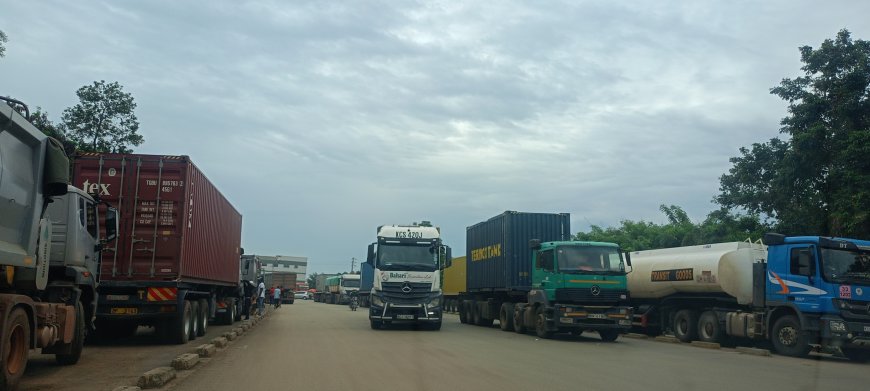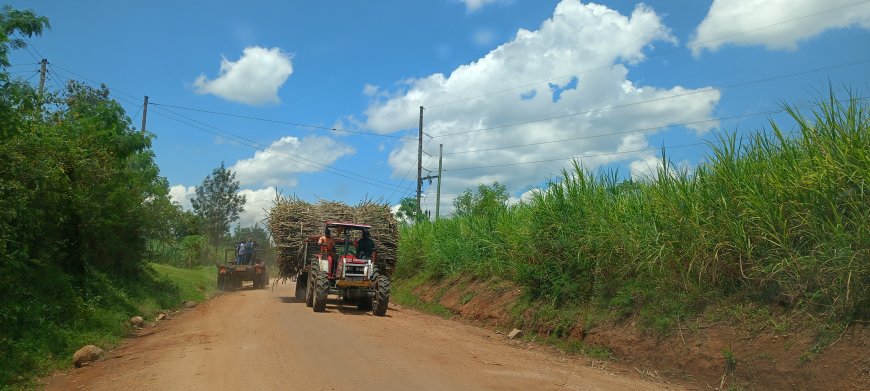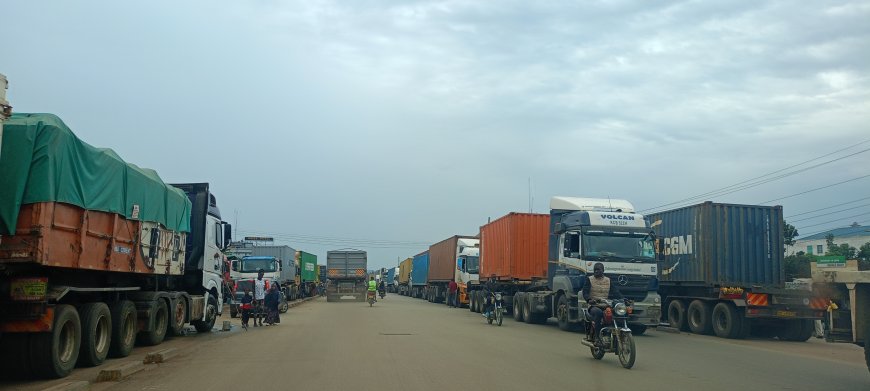Deadly Particles In the Air; Landmark Report Reveals

By Thuku Kariuki and Daniel Furnad
The risks posed by the dangerous quality of much of our air can be felt worldwide. A child is at risk watching her mother cook in their Kenyan kitchen. So is an American at a shopping mall. The same is experienced by a young mother and her unborn child living in Indonesia.
Air pollution, in its myriad forms, threatens the health of individuals globally, exacerbating conditions like diabetes, asthma, and various respiratory diseases while accelerating the impacts of climate change.
The fifth annual State of Global Air (SoGA) report provides a comprehensive assessment spanning 200 countries and territories. It reveals harsh realities. About 8.1 million lives are lost annually to air pollution. This figure is inclusive of over 700,000 children who are vulnerable and unaware of the peril surrounding them. This data underscores the global reach and pervasive effect of air pollution.

The report, compiled by the Health Effects Institute (HEI) -an independent America-based non-profit research organization- in collaboration with UNICEF, identifies four primary pollutants. They include fine particulate matter (PM2.5), household air pollution, ozone (O3), and nitrogen dioxide (NO2)—each contributing to widespread health risks.
Fine particulate matter alone claims over 7.8 million lives yearly, with half a million children exposed to indoor cooking emissions in Asia and Africa. These tiny particles, measuring less than two and a half micrometers in diameter, are so small that they remain in the lungs and can quickly enter the bloodstream. This affects many organ systems and increases the risk of non-communicable diseases. The particles can also affect brain development.
While we may think the adverse effects of climate change are most frequent in tropical areas, many in the US would be surprised at the findings of this report. In 2021, long-term exposure to ozone contributed to an estimated 489,518 deaths globally, including 14,000 ozone-related COPD deaths in the United States, higher than in other high-income countries.
Nitrogen oxide, increased by global warming, will only bring a higher death toll as it is produced from burning fossil fuels and biomass in sectors such as transportation, residential homes, coal-burning power plants, industrial activities, and wildfires.
"This new report offers a stark reminder of the magnitude of negative impacts air pollution has on human health, with far too much of the burden borne by young children, older populations, and low- and middle-income countries," said Dr. Pallavi Pant, HEI's Head of Global Health who supervised the release of the SoGA report.
"Despite progress in maternal and child health, every day almost 2000 children under five years die because of health impacts linked to air pollution," added UNICEF Deputy Executive Director Kitty van der Heijden, who urged government action from around the globe.
Despite the numerous challenges, there are signs of progress, surprisingly in less developed countries than in developed ones. Regions that have embraced cleaner cooking technologies have seen a reduction of mortality rates by 53% since 2000 for children under five years. Along with cleaner-burning fuels, improved access to healthcare, nutrition, and better awareness about the harms associated with exposure to household air pollution have contributed to the dramatic decrease.
Individual countries have implemented stricter air quality policies, leading to the overall lowering of air pollution. In others, air pollution monitoring networks have contributed to awareness and setting off alarms where action is needed.

Advancements in electric and hybrid vehicles also showcase tangible improvements achievable through collective action. These impact public health in unseen and measurable ways. But mainly, they show us that humans can improve the quality of air and life through concerted efforts.
Dr. Elena Kraft, President of HEI, stresses the role of similar research in catalyzing change: "We hope our State of Global Air report provides both the information and the inspiration for change," she commented, adding, "Air pollution has enormous health implications. Improving air quality and global public health is practical and achievable."
Risks from air pollution are real, no matter what part of the world anyone is in. However, solutions can come from the government, commercial enterprises, or concerned individuals. It is our earth, our air; let's clean it up!







